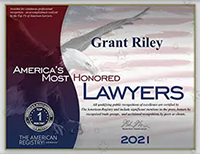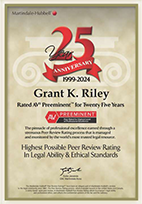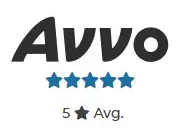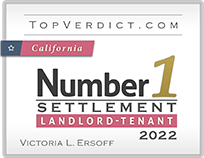Learning how to spot a slumlord in Los Angeles is critical in identifying landlords who prioritize profit over people’s well-being. Thankfully, most landlords care about the condition of their properties and make good-faith efforts to make repairs, fix water leaks, and control vermin such as cockroaches, bed bugs, rats, and mice.
However, many landlords don’t care. Our slum housing lawyers will explain.
They buy old beat-up buildings not to fix them but to suck as much cash as they can out of their tenants while ignoring much-needed repairs.
That’s the definition of a slumlord – a landlord who values money over the health and safety of the families who live in their buildings.
To learn how we can assist you, please call (888) 658-9695 or reach us online for a free consultation.
Spotting the Signs of a Slumlord
With this sharp dose of reality in mind, it’s important to have a clear idea of how to spot a slumlord. Look for these signs and stay away!
1. The exterior of the property is in poor condition.
Your informal inspection of any building should start with the property’s exterior. Look for peeling paint, broken windows, torn screens, missing vent screens, broken or degraded stucco, and exterior mold. These are obvious signs of neglect. If a landlord ignores repairs, they can see simply by walking around the outside of their building you know you’ll have troubles on the inside.
2. Common areas are dirty and neglected.
Over and over, we walk into buildings to meet with our clients and find walkways, hallways, and laundry rooms all but falling apart. Stained carpeting, exposed wiring, and water leaks are all bad signs.
3. The landlord promises to make repairs after you sign the lease but before you move in
We don’t like this one bit. Time after time, slumlords say, “yeah, we’ll fix that before you move in.” But when you show up with your kids, boxes, clothes, and furniture, your apartment looks exactly the same. That’s not good.
First, you have every right to a safe and habitable rental home. If you see peeling paint, water leaks, or other defects, point them out and make a note on your lease that these items will be fixed before you move in. Get it in writing!
The law in California protects you from the actions of selfish, money-hungry landlords. However, tenants cannot put their heads in the sand and hope everything will be OK. Speak up and speak out.
When you make a deal with a new landlord, put it in writing. When you ask for repairs, do it in writing and keep a copy of your note or letter! If the landlord won’t cooperate, remind them – in writing – that you’ve been asking for his or her help for weeks and if they won’t help, you will have no choice but to call the local health and housing department.
TIPS TO AVOID RENTING FROM SLUMLORDS IN LOS ANGELES
Unfortunately, it is easy to end up with a landlord who fails to meet their obligations as stated in the rental agreement. By following the tips below, you’ll know how to identify and avoid slumlords before you sign your next rental agreement.
Look deeper than the surface
When you are touring an apartment, look beyond the surface. A fresh coat of paint does not mean that there is not mold lurking beneath. Look closely at the construction of the building and how certain things work.
For example, if the windows, doors and faucets do not work on a level that matches the surface appearance of the unit, you might want to move on. If it seems like the apartment lacks routine upkeep, then it is best not to trust that fresh coat of paint.
Talk to other residents
Take the time to talk to other residents who live in the apartment building you are touring. They can give you a realistic idea of what to expect regarding any issues.
For instance, the property manager might tell you that he or she responds to and fix all maintenance calls within 24 hours, but a tenant might tell you it usually takes a week or more.
Check with the county
The county courthouse keeps records of safety complaints, licensing issues, code violations, and liens that a creditor might have issued against the property.
If there is a stack of paperwork on an apartment complex you are interested in, this might be a sign that the landlord is not taking responsibility for the property. Also, you can look through the landlord’s lawsuits against tenants.
This might be an indication of how aggressive the landlord is.
Read the reviews
Look online for reviews about the property from current and previous tenants. If there are a lot of negative reviews against the property or landlord, then this may not be the place for you.
However, be sure you are discriminating with the reviews you base your decision on. Those that are petty or extremely negative may not provide a clear and true rendition.
Avoid Slumlords in Los Angeles and Contact Us
If a slumlord has taken advantage of you, don’t hesitate to contact us or call (888) 658-9695 so you can learn more about your legal rights and the action you can take to improve your situation in the future. We know how to deal with slumlords.
Contact us today for a free consultation.
The post How To Spot a Slumlord in Los Angeles appeared first on Riley | Ersoff LLP.
















